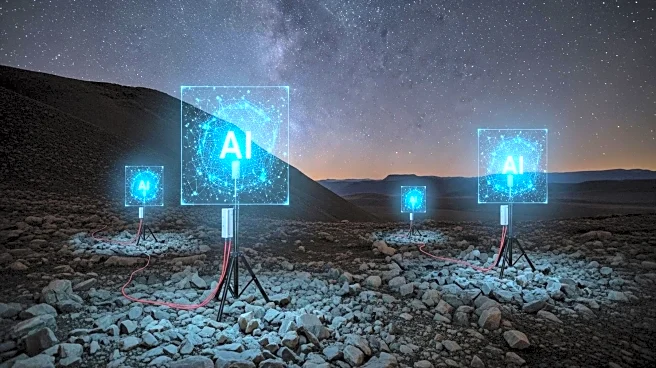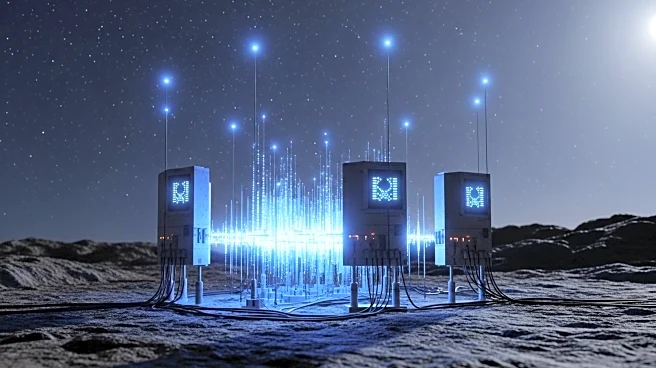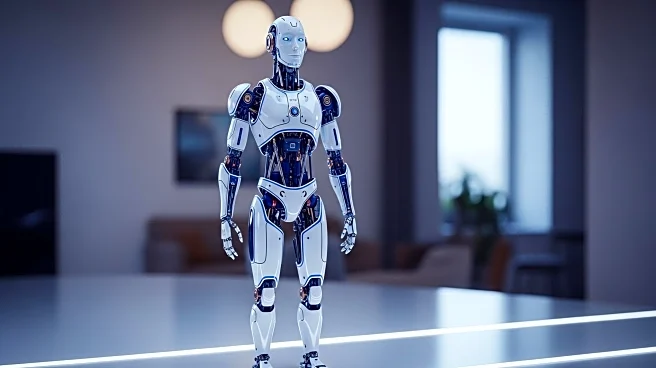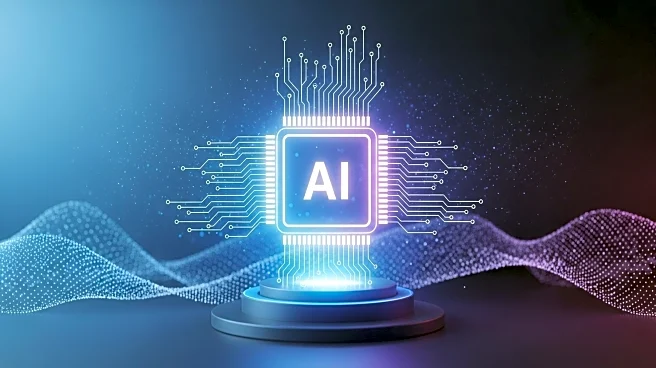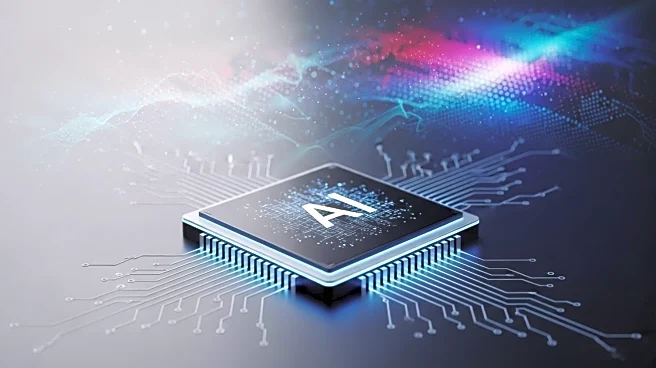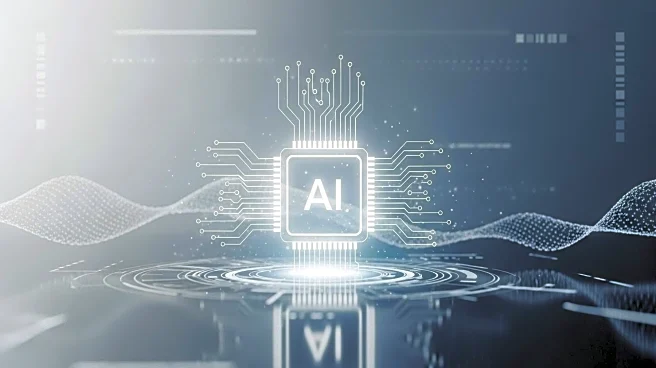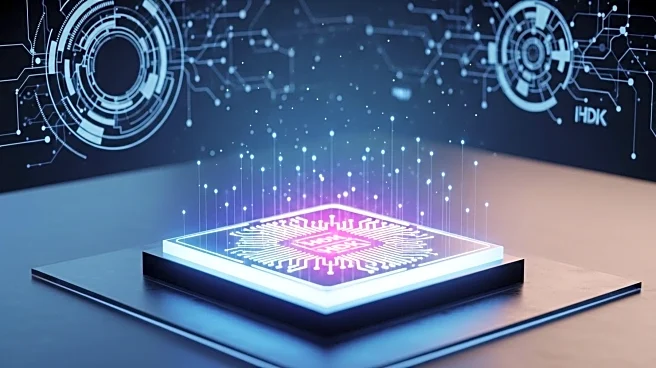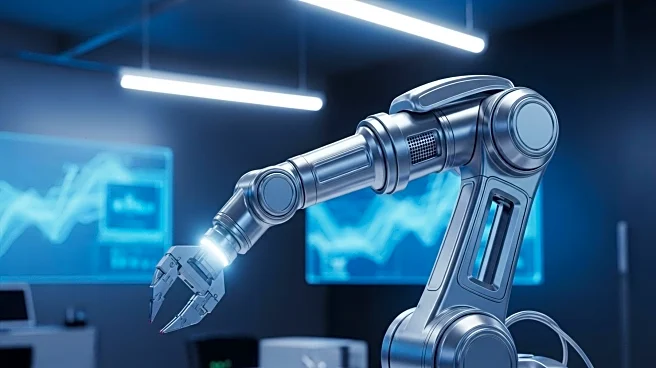What's Happening?
AI technology is transforming earthquake detection by automating the process and improving precision, particularly for small earthquakes. Machine-learning tools have replaced human analysts in detecting seismic activity, allowing for quicker and more accurate identification of earthquakes, even in noisy urban environments. This advancement provides valuable insights into the Earth's composition and potential hazards. Experts agree that AI's ability to detect smaller earthquakes is a significant improvement over traditional methods, offering a clearer understanding of seismic activity.
Why It's Important?
The use of AI in earthquake detection is crucial for advancing seismology and improving public safety. By accurately identifying smaller earthquakes, researchers can gain a better understanding of geological structures and potential risks, aiding in disaster preparedness and mitigation efforts. The technology's ability to process large datasets quickly enhances the accuracy of seismic monitoring, potentially leading to more effective early warning systems. As AI continues to evolve, it may unlock new possibilities in earthquake forecasting and risk assessment.
What's Next?
The integration of AI in earthquake detection is expected to expand, with researchers exploring its potential for other data processing tasks in seismology. Future developments may focus on enhancing AI algorithms to improve forecasting capabilities and provide more detailed analyses of seismic activity. Collaboration between seismologists and AI experts will be essential to drive innovation and maximize the technology's impact on earthquake research.
Beyond the Headlines
The application of AI in seismology raises questions about the role of human expertise in scientific research. While AI offers significant advantages in data processing, the interpretation of results and decision-making still require human input. Balancing the use of AI with human expertise is crucial to ensure accurate and reliable outcomes in earthquake detection.

